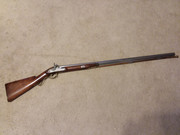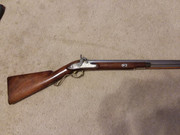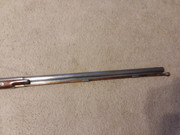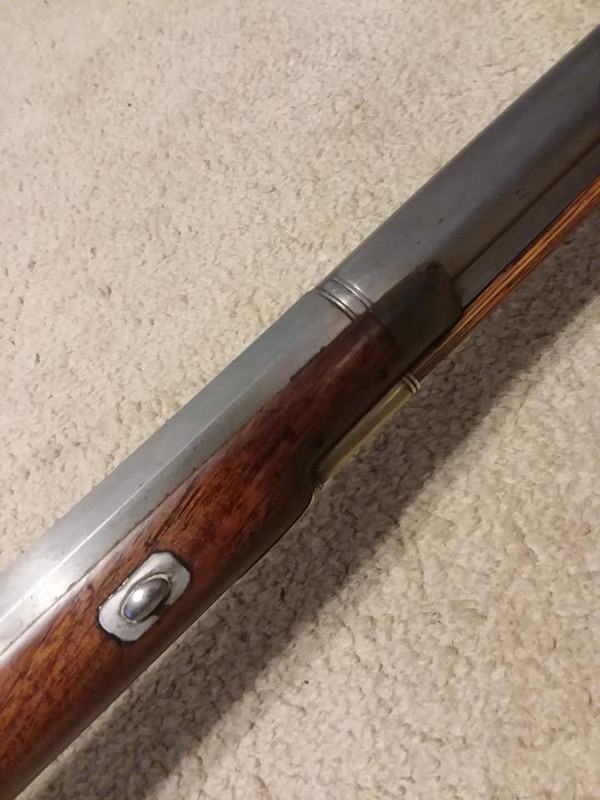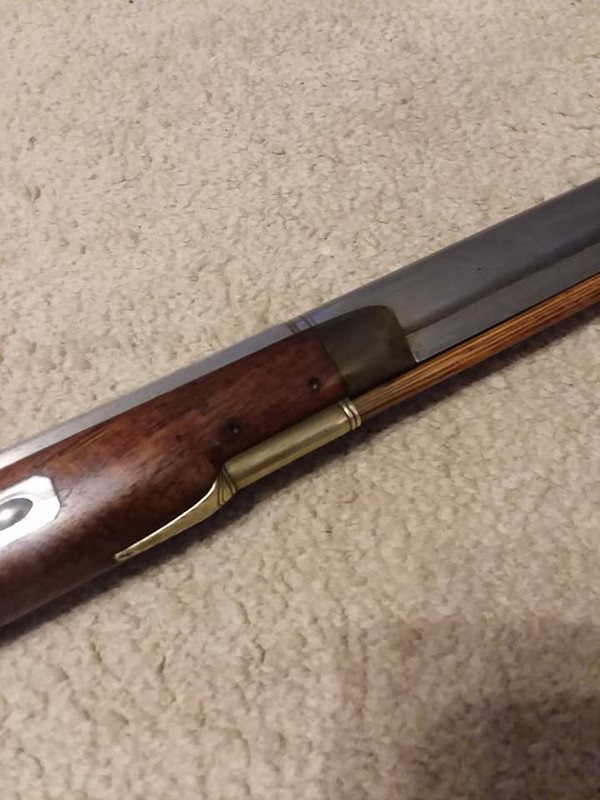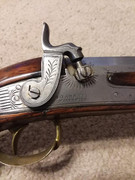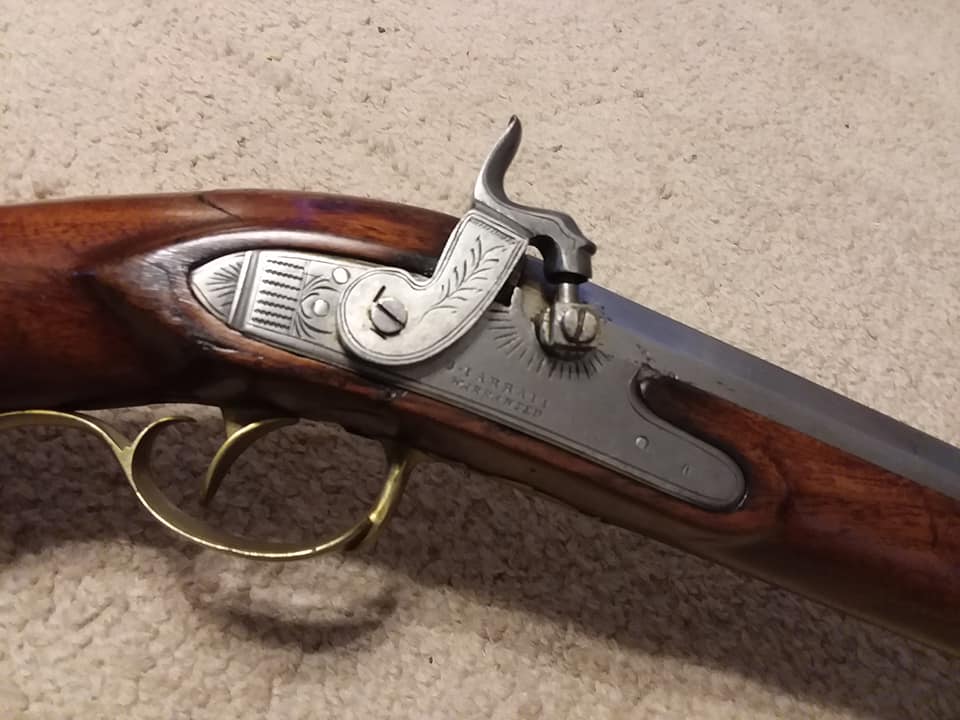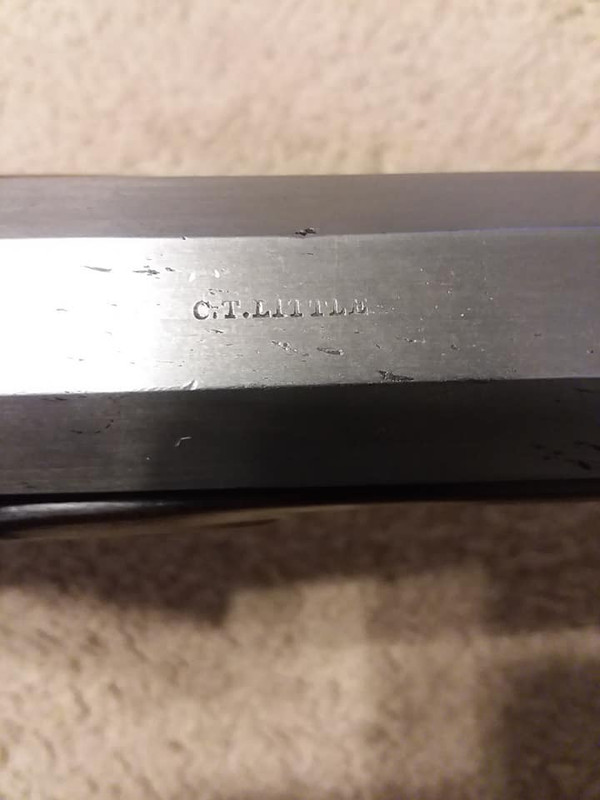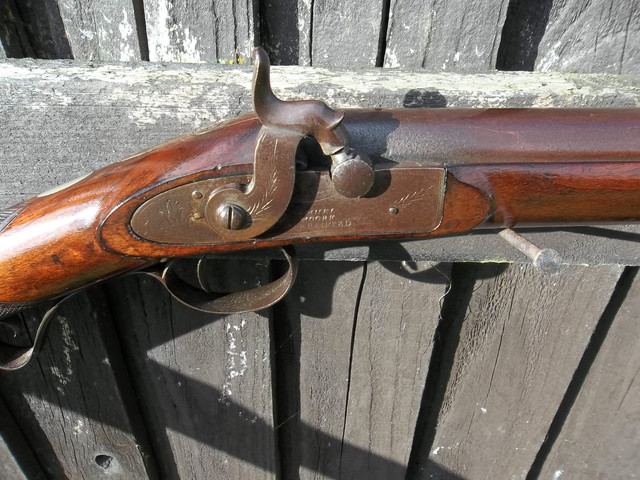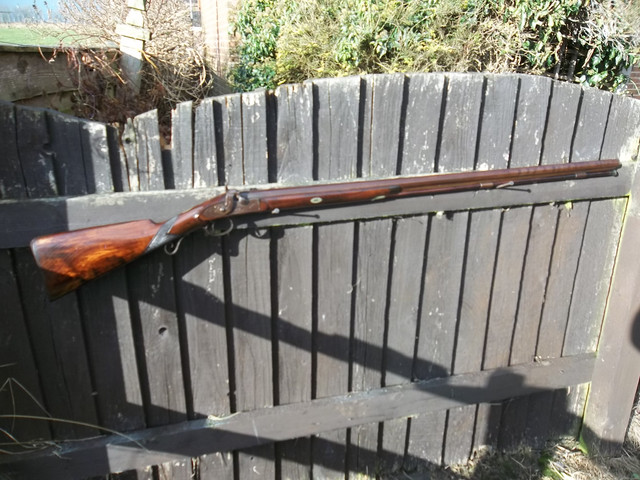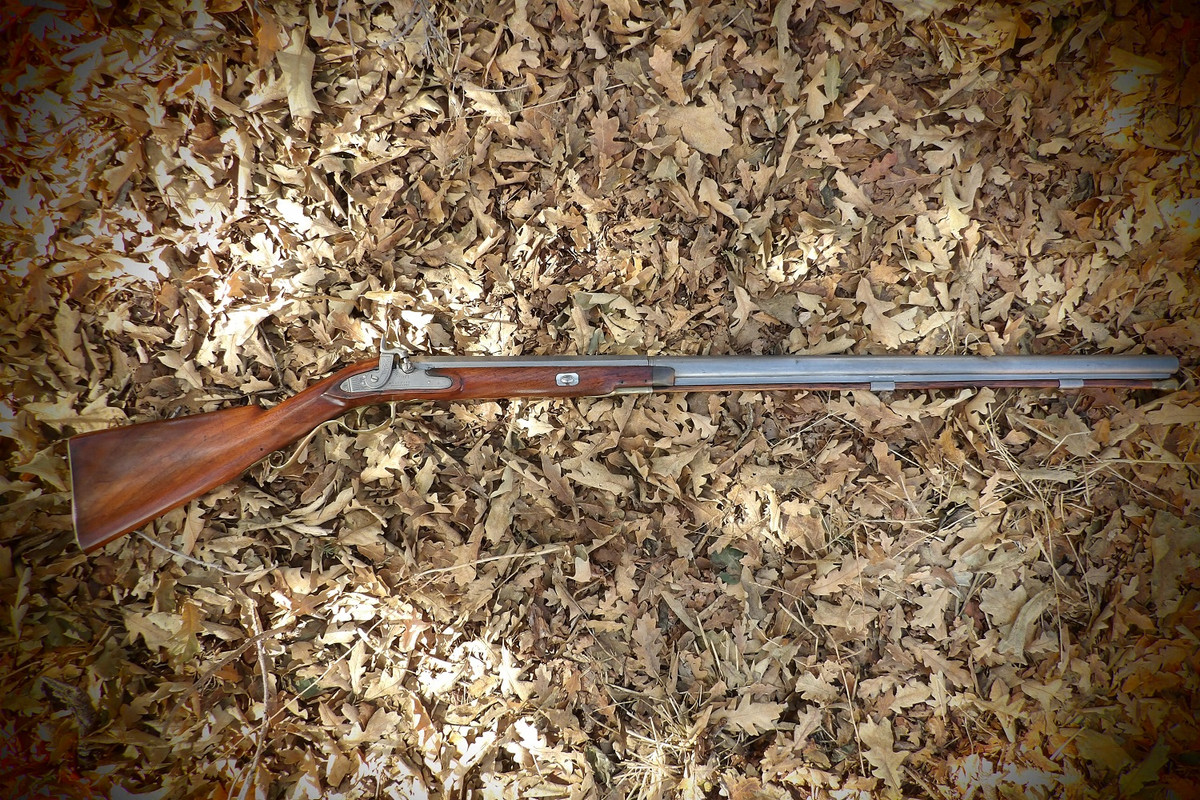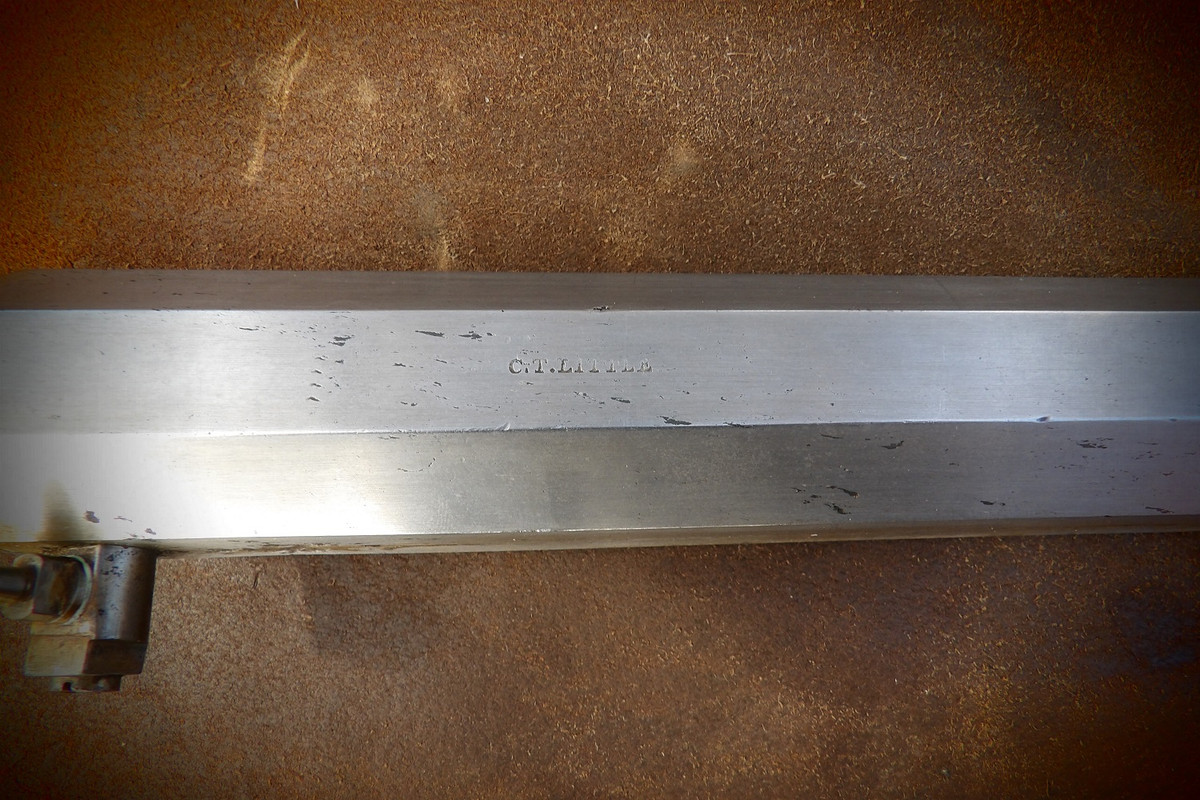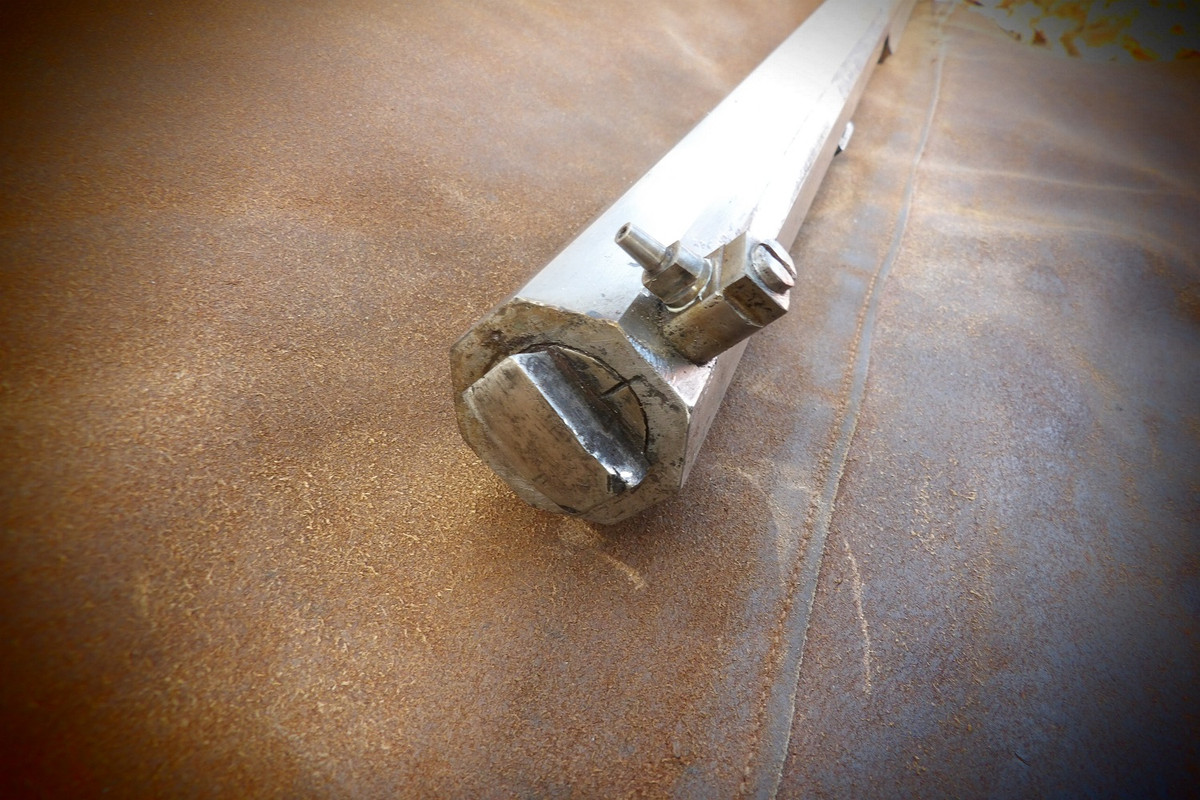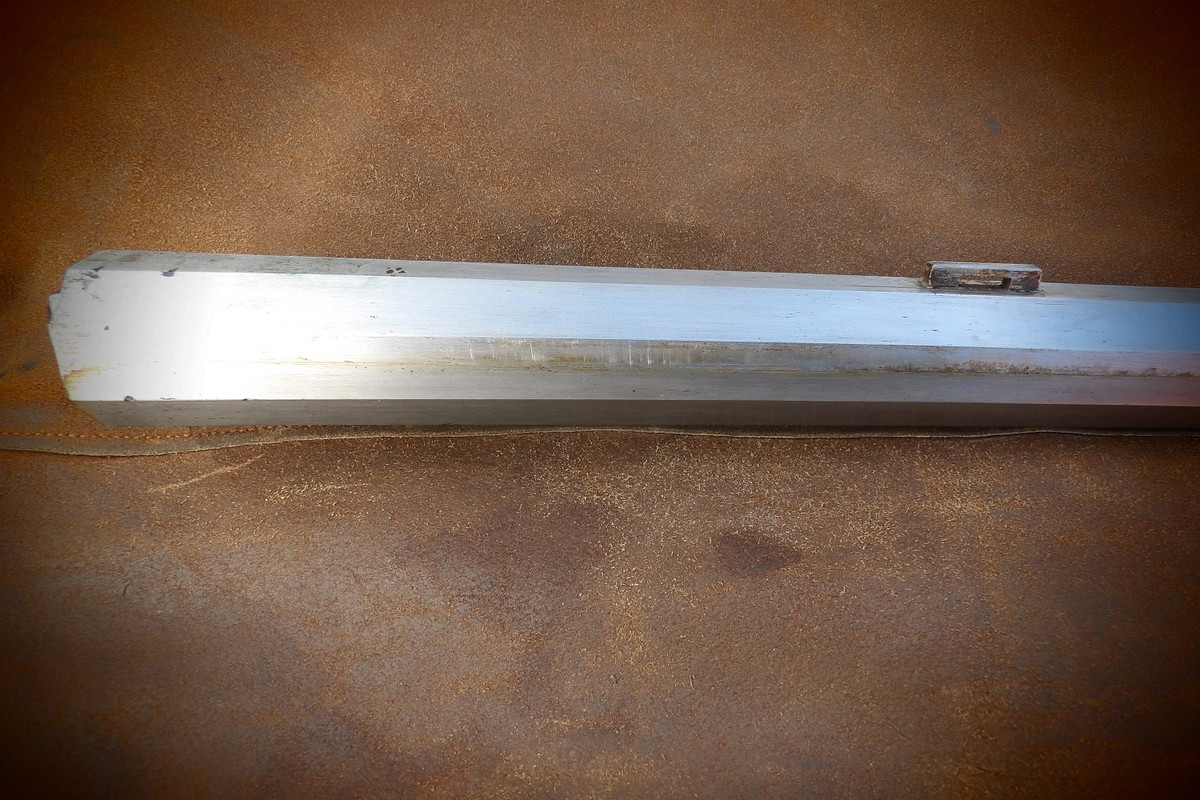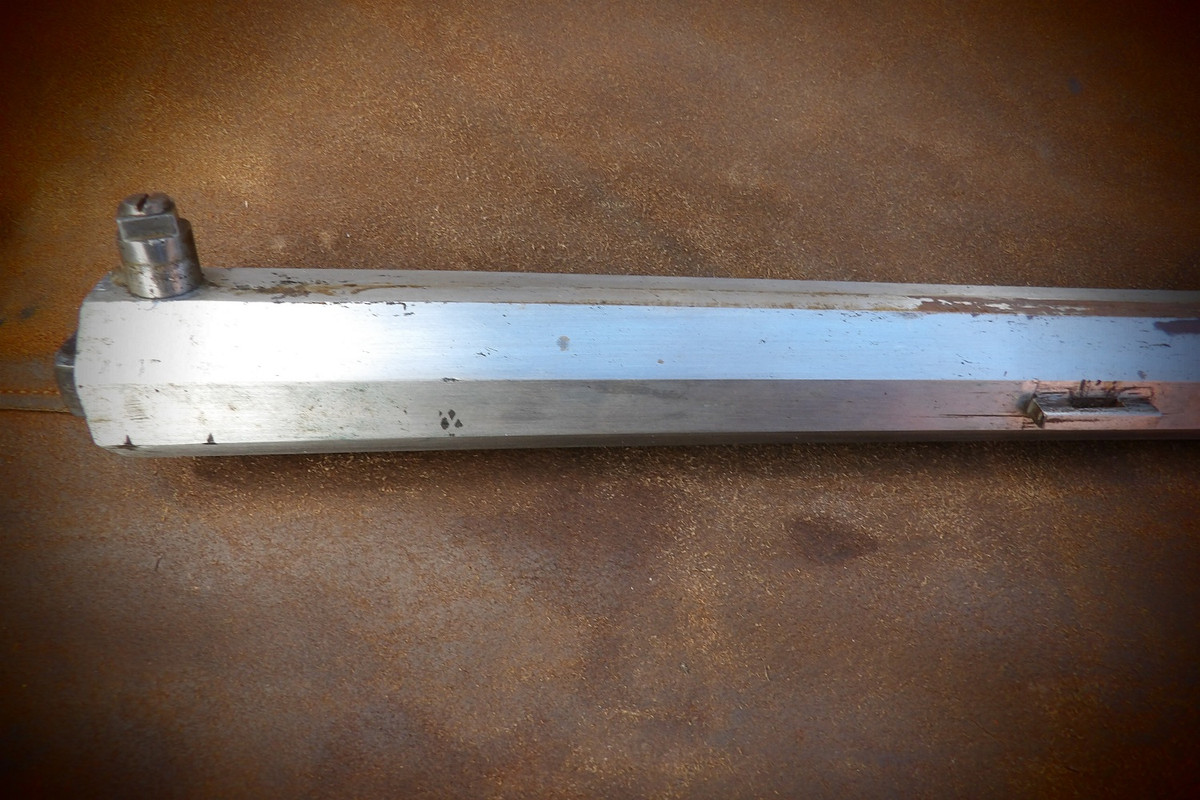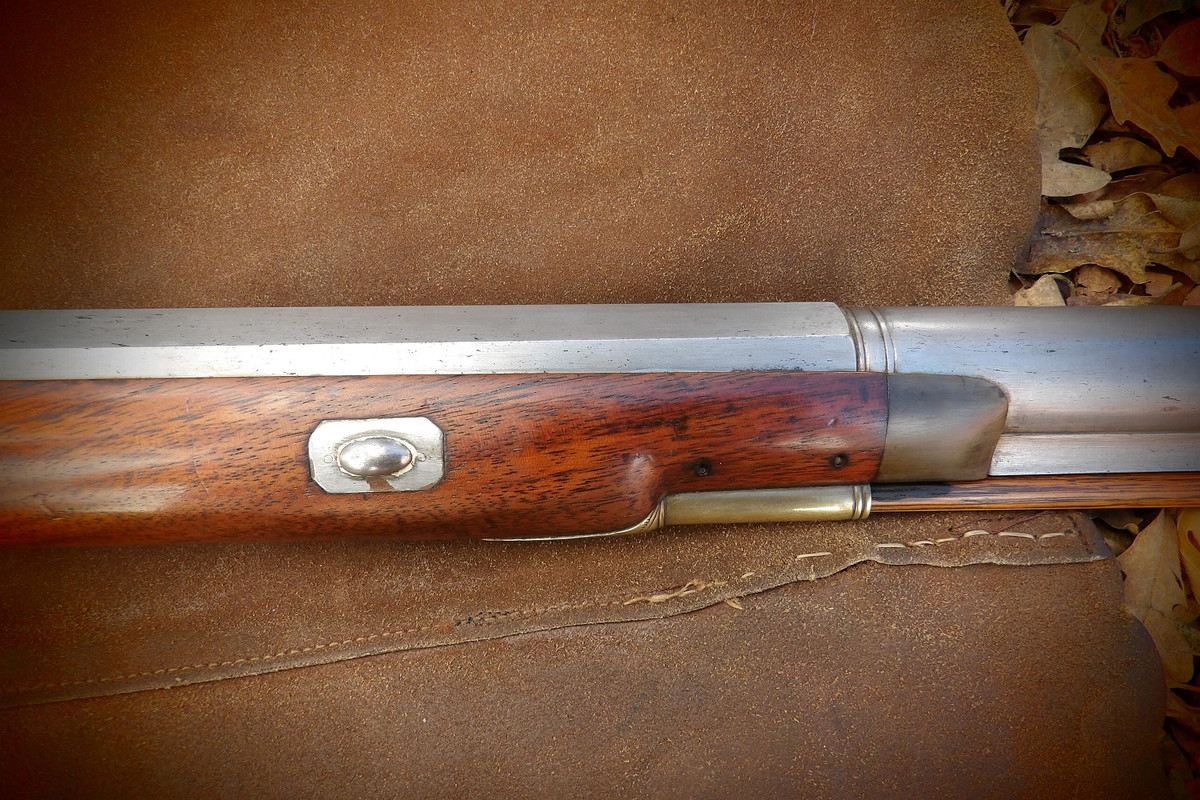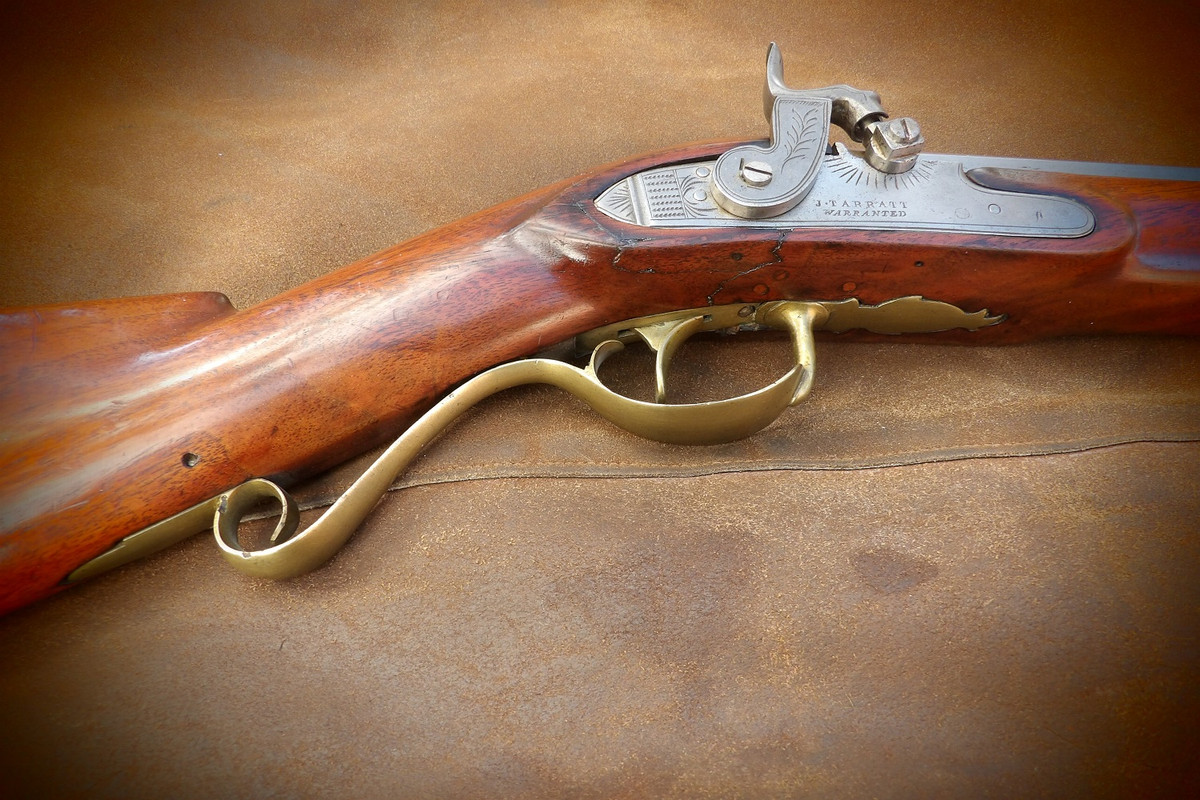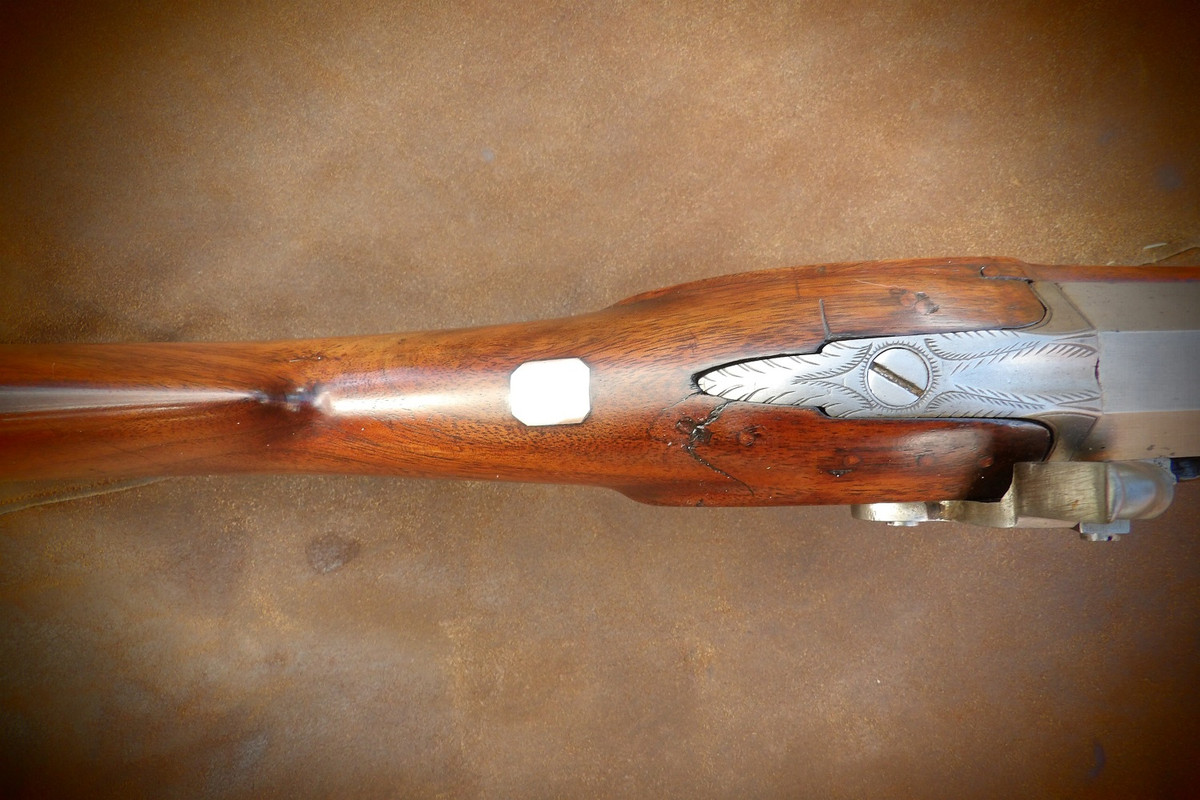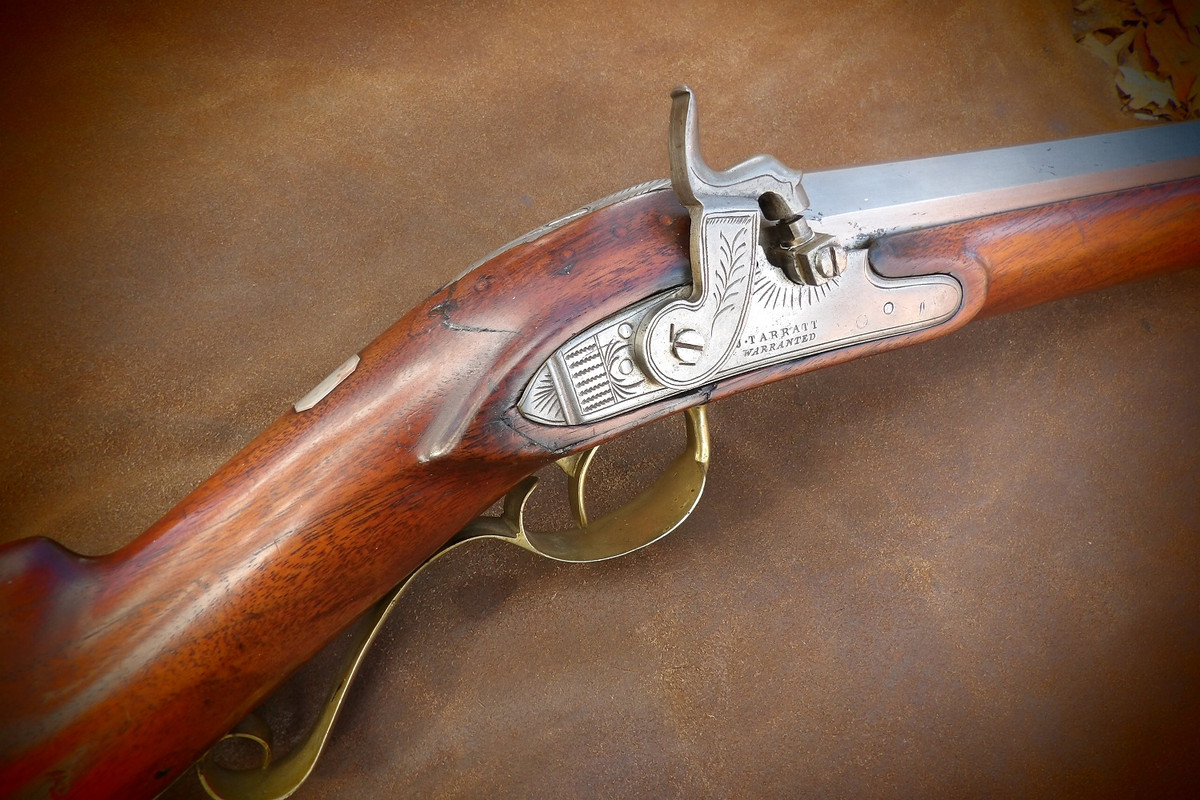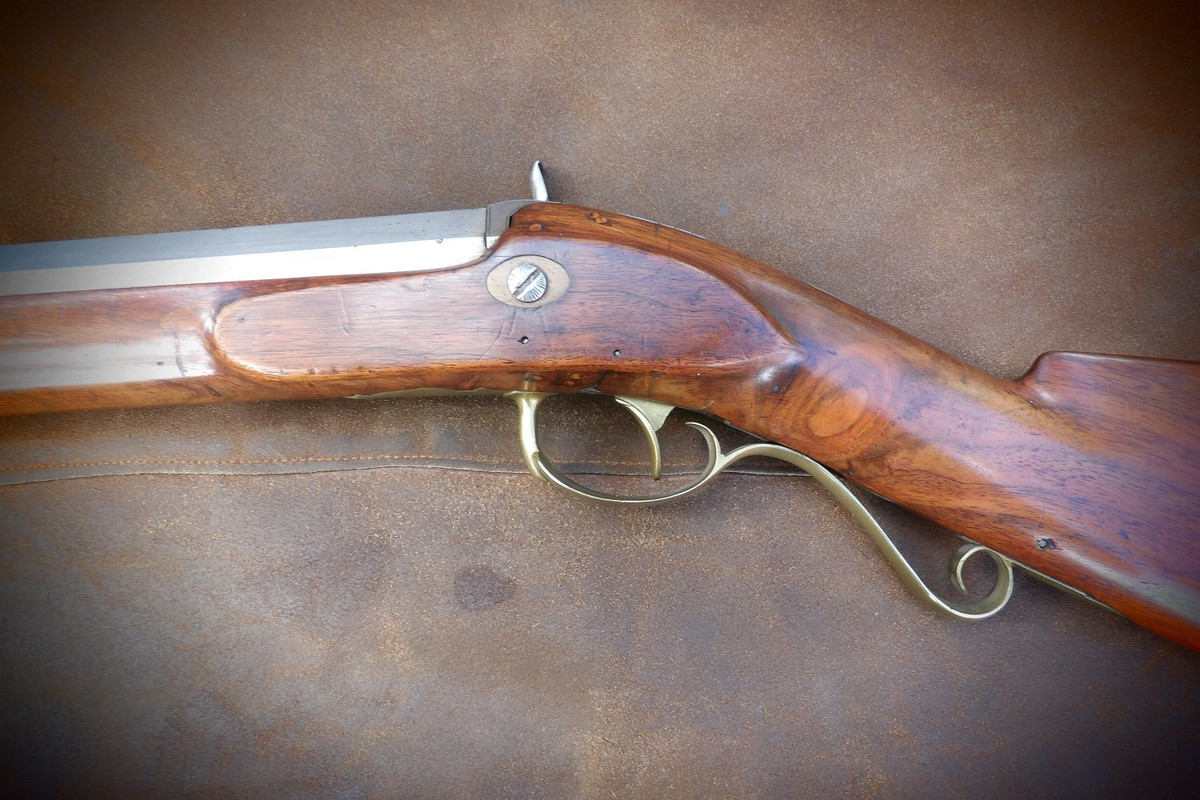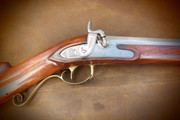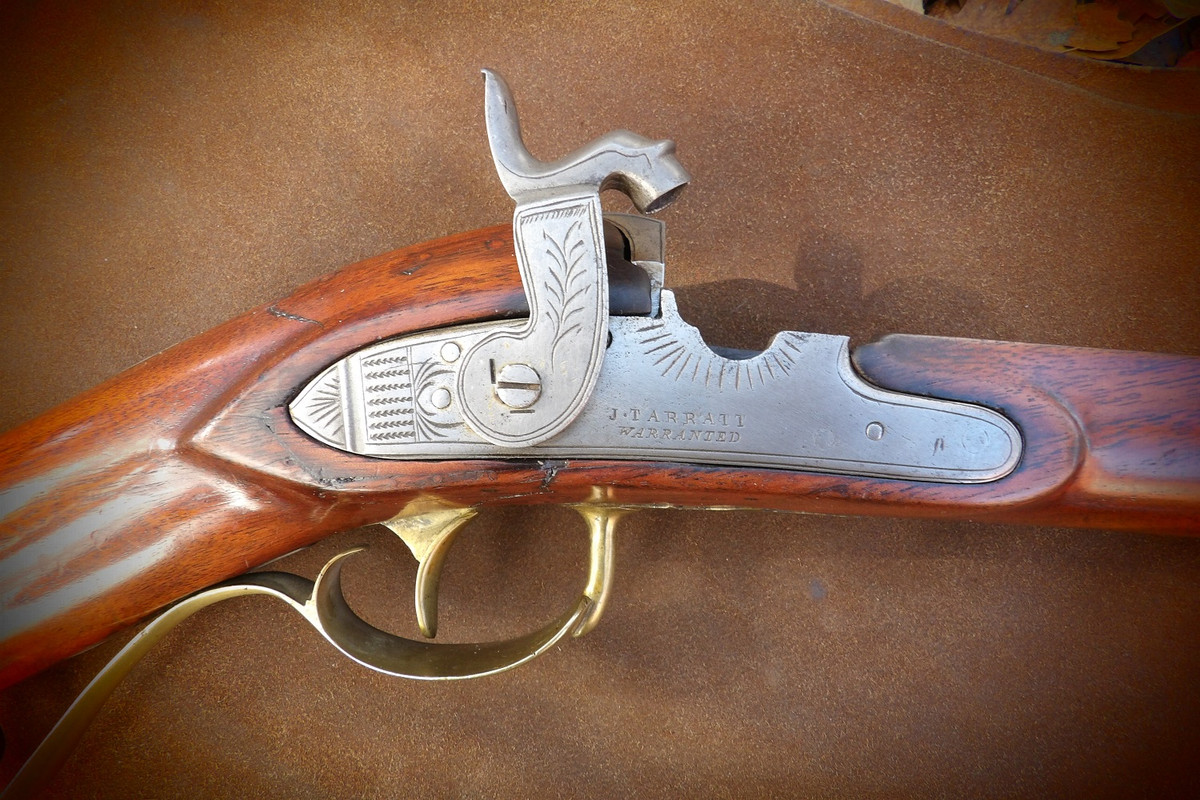Just got this bad boy in. I tore it apart, cleaned it and pulled out a huge oil soaked rag from the breech that was hard and crusty from sitting around for so long. Bore is about as perfect as you could ask for! 1850-60's easily. Lock works beautifully and again, super super clean, strong main spring. Stock has some very old repairs around the tang and lock plate but it looks great and everything is solid. Nipple came right out, cleaned it, greased it reinstalled it. If I had shot or ball, I'd go shoot it! Ramrod appears to be original as well. One side is a loading jag and then it tapers down greatly to around 30 cal and has a loop jag for a cleaning patch. gorgeous walnut stock too. I removed the barrel and tang, wiped everything clean and then wiped on a thick layer of linseed oil and let that soak up before wiping up the excess.
